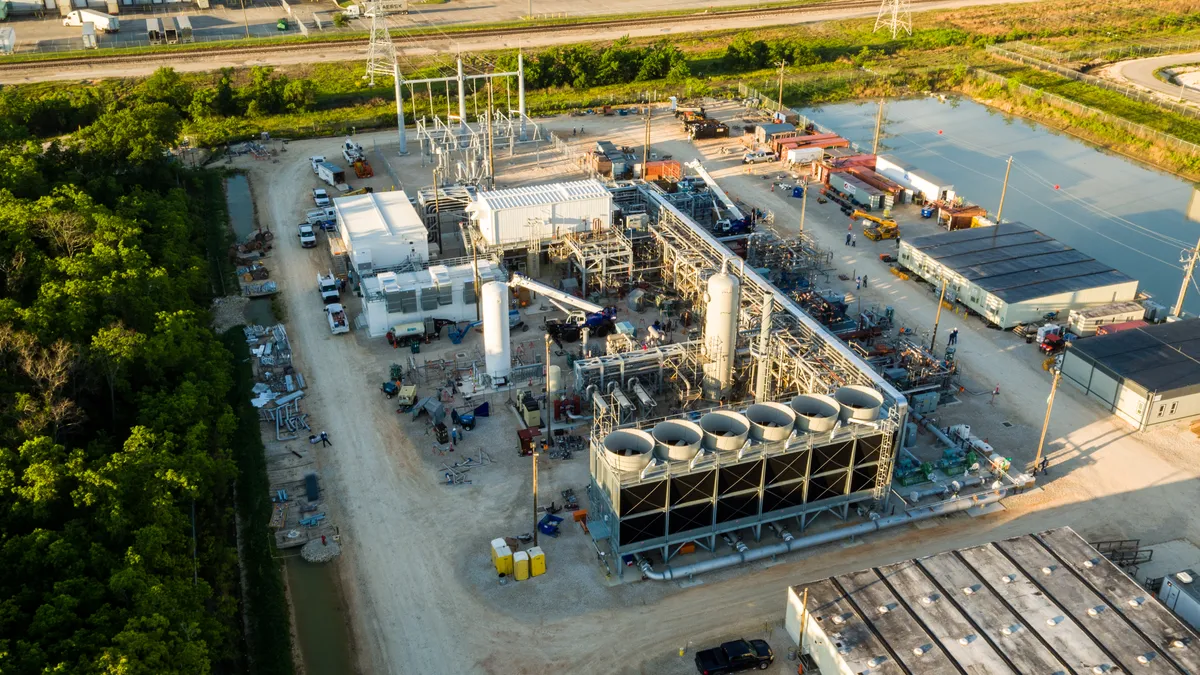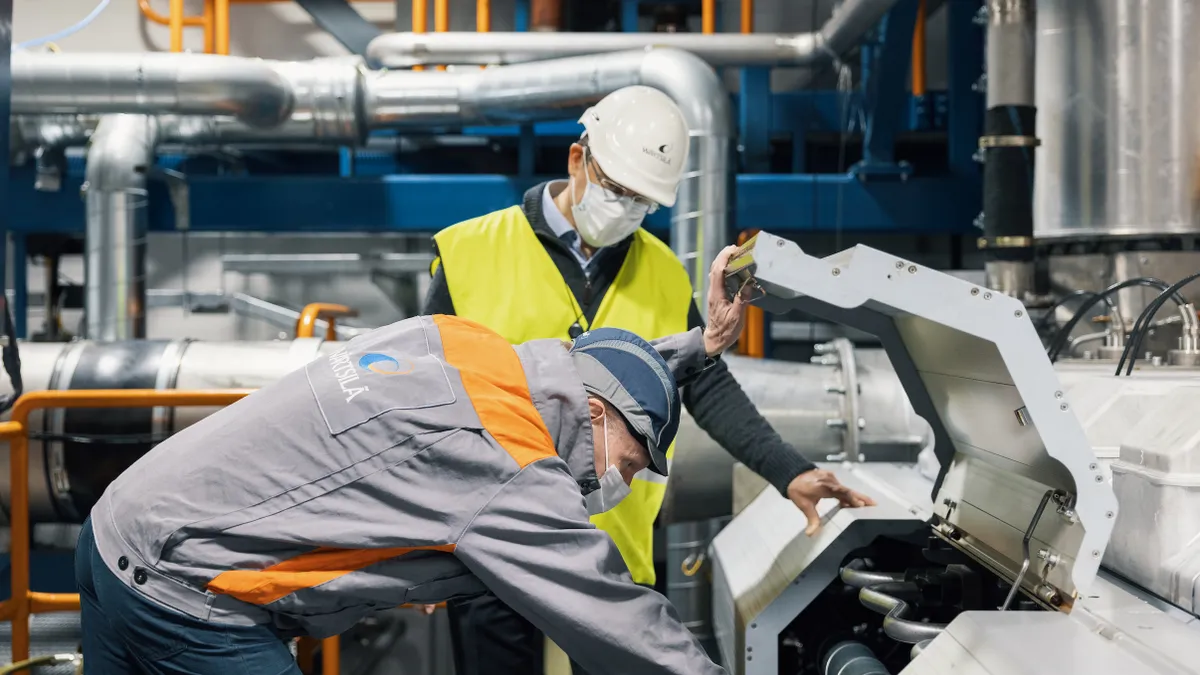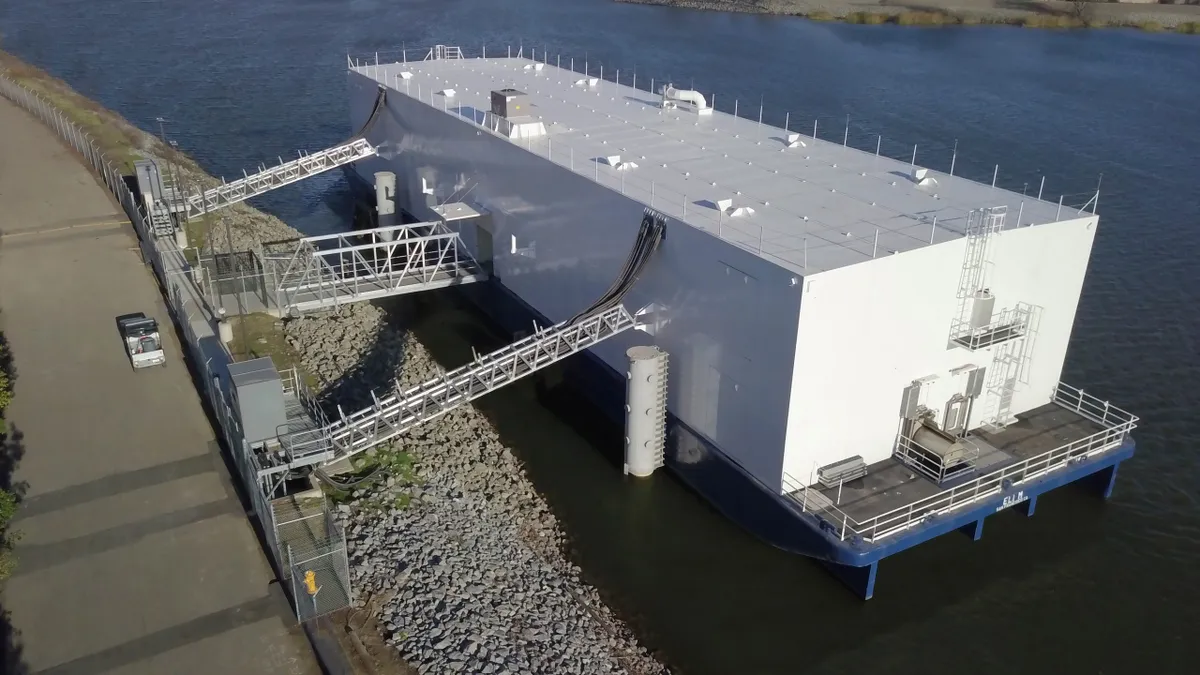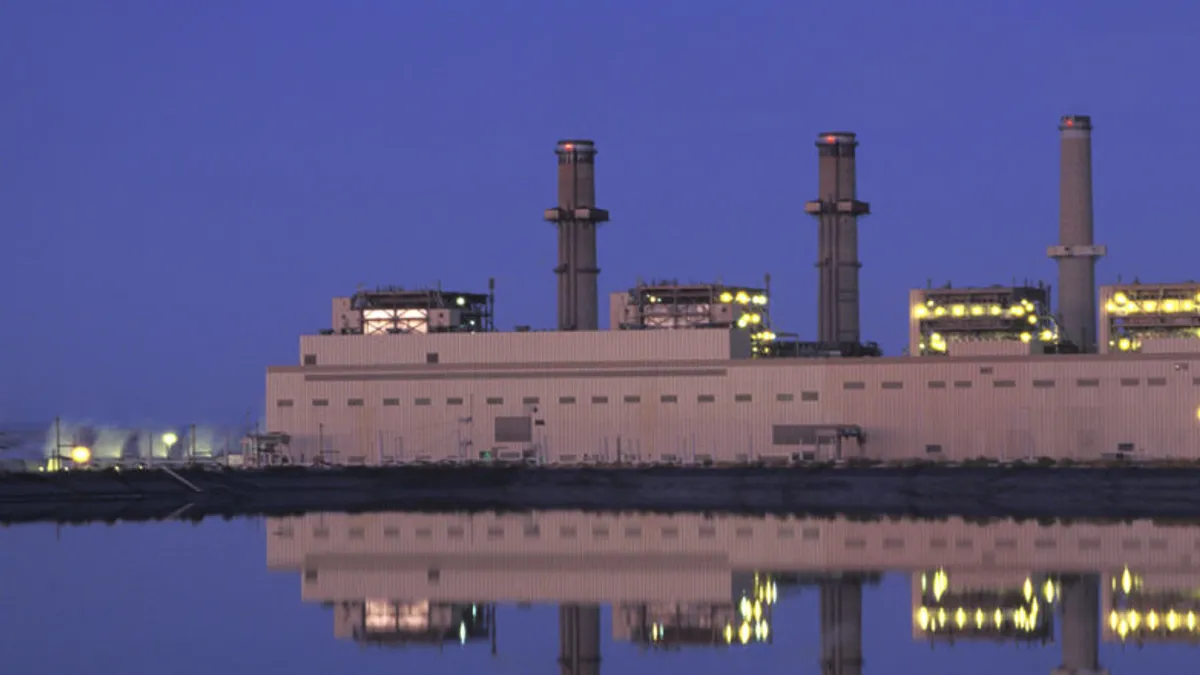The following is a contributed article by Brad Page, CEO of the Global CCS Institute, an international climate change think tank backed by governments and companies.
Politicians, academics and energy experts globally are debating the paradigms of the energy transition. Which sources of energy qualify as clean energy? While the debate reflects competing political economic interests, it also demonstrates an elusiveness for the complexity of the energy transition ahead.
The challenge of decarbonization and limiting global warming to 1.5 degrees is unprecedented, both in scale and action required. While the world has witnessed a fantastic and necessary scale-up of renewables in the recent past, at best, it represents only the start of an energy transition, and certainly does not reflect the challenges it will bring. Data shows that the growth of renewables has merely kept up with energy demand driven by a global boom in population and economic growth. Since 1990, fossil fuel energy consumption has hovered around 80% of total energy consumption.
While energy efficiency and renewables are forecast to deliver the majority of emissions reductions through mid-century, it is wrong to discount other clean energy technologies, including carbon capture and storage (CCS), and the role these technologies have to play alongside renewables. CCS' inclusion in 3 of 4 pathways in the latest Intergovernmental Panel on Climate Change (IPCC) report has attracted renewed attention to CCS in the climate change context. With new attention, misconceptions and misunderstandings have also arrived — from the meaning of the term carbon capture, to cost and viability.
Let's clear this up. Starting with the definition, carbon capture and storage (CCS) includes a set of technologies that remove CO2 from the exhaust gasses of power plants and industrial facilities like cement and steel factories, and permanently stores the CO2 underground. Due to the scale of such projects, CCS is able to deliver large-scale emissions reductions. The Century Natural Gas Plant, for example, captures 8.4 million tonnes of CO2 every year.
However, carbon capture in the broader sense also includes natural solutions such as soil and forestry sequestration, Direct Air Capture (DAC) — sucking carbon out of the air — and bio energy carbon capture and storage (BECCS) — a negative emissions technology involving burning biomass and capturing the emissions from the process. These carbon capture applications are all expected to be necessary, but it is important to understand that none of them are a silver bullet, either. Models demonstrate that we will need all of the carbon capture solutions combined, not just one of them.
The raison d'etre for CCS deployment is emissions elimination at very large scale in both the power and the industrial sector. The International Energy Agency (IEA) shows that CCS is expected to deliver about 7% of total emissions reductions by 2040, alongside all other sources of clean and renewable energy.
There is a big role for CCS to play in decarbonizing electricity supply — from both coal and gas-fired plants alongside and complementing increasing renewables deployment. The ongoing new build of both gas and coal-fired power plants to deliver reliable power grids around the world is incompatible with the Paris agreement targets. Applying CCS to many of these facilities will be necessary.
But CCS is more than a one-trick pony. The so-called ‘hard to decarbonize' sectors — industrial processes including fertilizer production, cement and steel — where electrification is not a solution — will require CCS. Industries like this account for a quarter of emissions globally. Despite the clear evidence, many continue to refuse CCS the clean energy label.
The most cited reason: CCS is unproven and too expensive. There are 43 large-scale facilities globally — 18 in operation, 5 under construction and 20 in various stages of development. Those in operation are capturing and permanently storing more than 33.3 mtpa of CO2 — roughly as much as the total emissions of Ecuador.
High cost is often touted as the reason behind CCS' failure to scale based on simplistic measurements such as the levelized cost of electricity (LCOE), which fails to reflect the cost of intermittent generation to the grid. Considering analyses that take into account the broader cost of mitigation — such as the IPCC AR5 — it becomes clear that achieving deep decarbonization is 138% more expensive without CCS.
While cost of more than $100/tonne of CO2 stored for a power plant sounds high, there are carbon capture applications, for example, on ethanol production, where it can be as low as $20/tonne of CO2 stored. CCS cost often depends on the purity of the CO2 waste stream. The higher the CO2 content, the less expensive it is to capture it.
As more facilities are being deployed, cost will come down, just as they did for solar and wind. Innovation will also help. In Texas, a new generation zero emissions natural gas plant is being tested and early results show it is competitive with conventional combined cycle generation.
The conclusion from this analysis is that the slow deployment of CCS is not a technology problem. Rather, it is a lack of clear and stable policy mechanisms that can drive the deployment through placing a value on carbon. The IEA has concluded that as much as 450 million tons of CO2 can be captured and stored with a commercial incentive as low as $40 per tonne of CO2.
In the U.S., legislators last year passed the reform of the 45Q tax credit, an incentive, which eventually will provide — pending implementation of the Internal Revenue Service — $35 for each ton of CO2 stored via enhanced oil recovery, and $50/tonne for geologic sequestration.
A recently released report estimates that the incentive can drive projects capturing as much as 100 mtpa of CO2. In the U.S. power sector specifically, experts estimate that about 49 mtpa of CO2 could be captured by 2030. While this is a step forward, it is far away from the global scale necessary, which models estimate at roughly 2000 mtpa of CO2 captured by 2040.
Discounting clean energy technologies beyond renewables while touting climate ambition equates to turning a blind eye to the realities of the energy transition. It also prevents us from advancing on the path towards decarbonization. Carbon capture is clean energy, too.

















